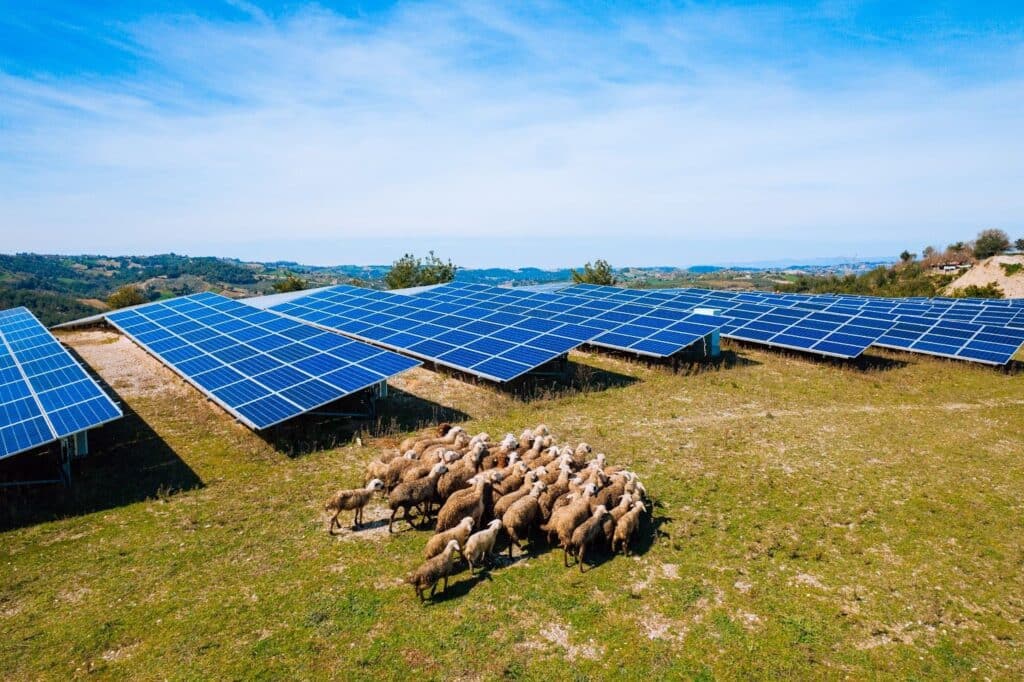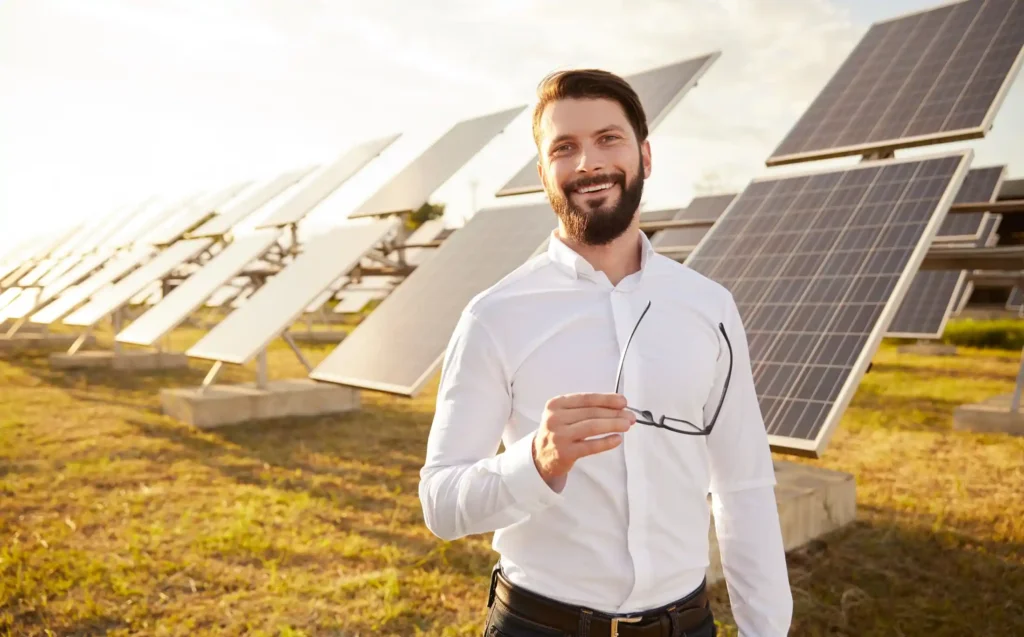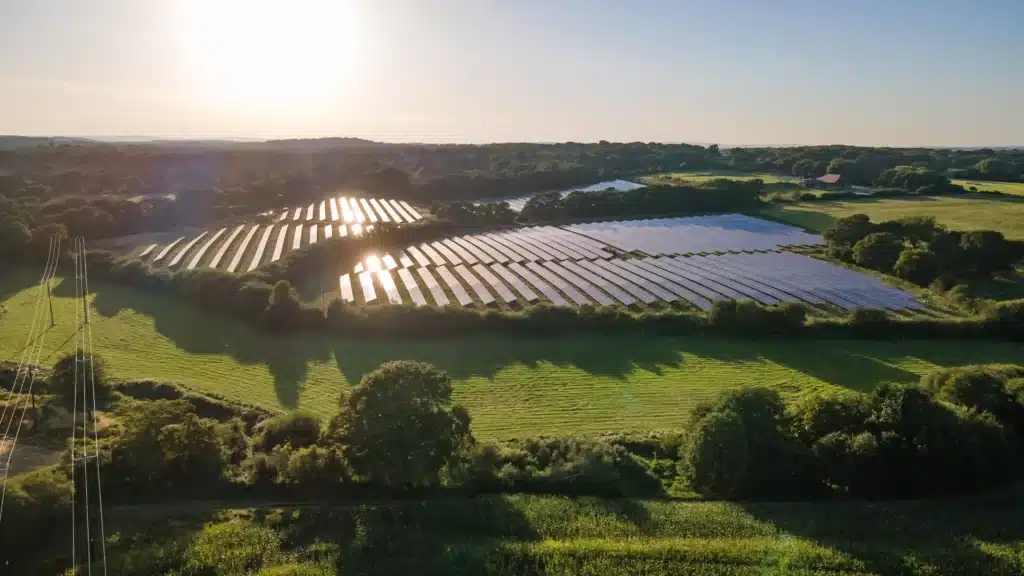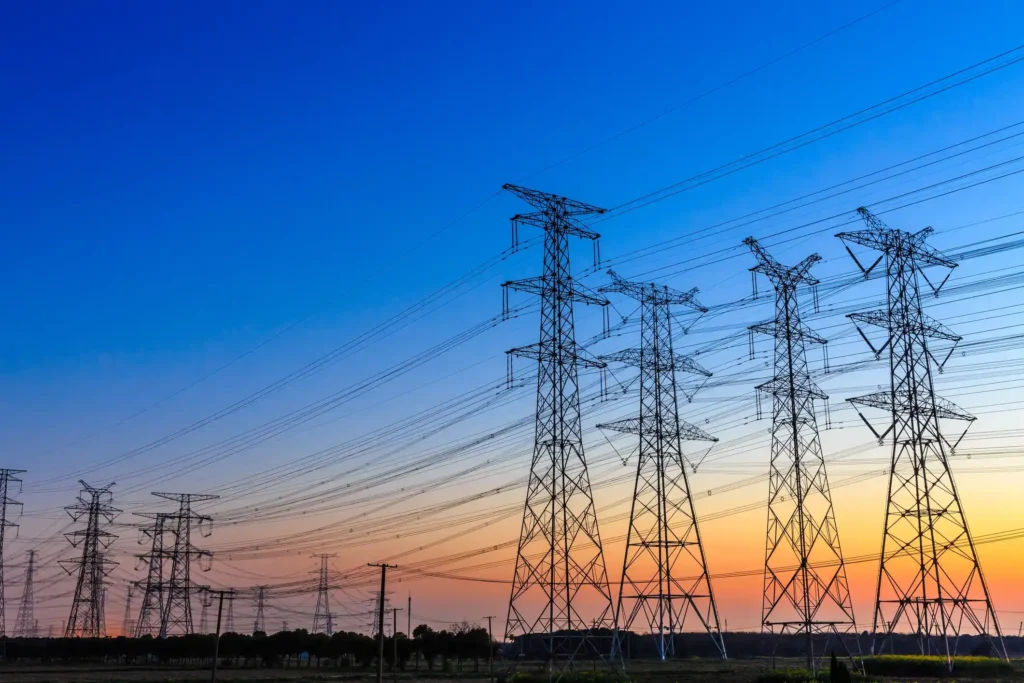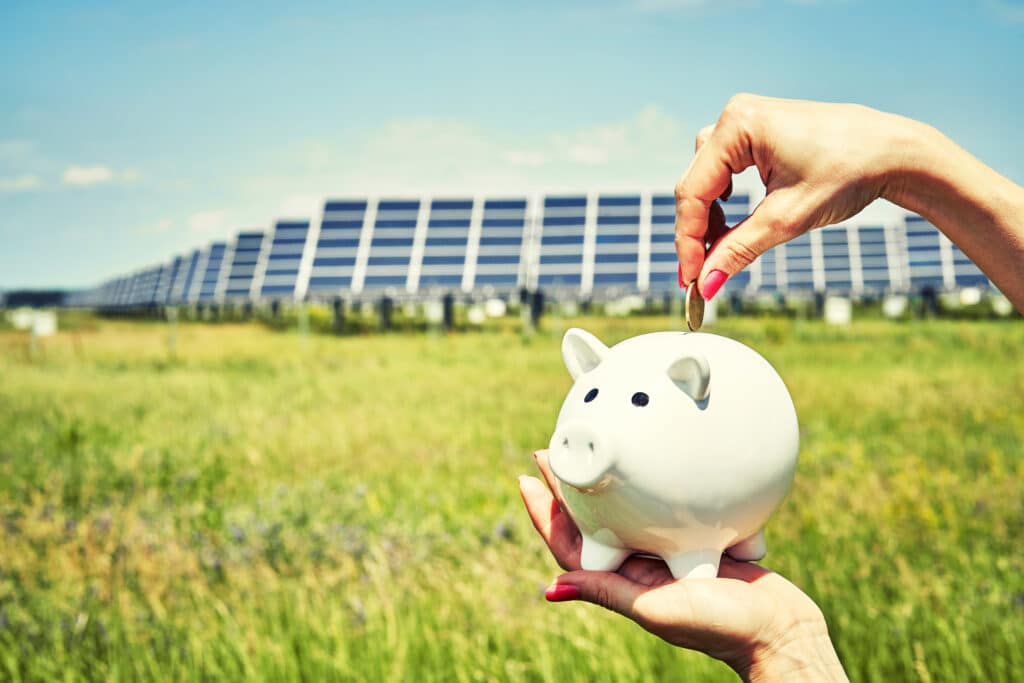Investing in Utility-Grade Solar: The Pros and Cons of Private Funds vs. Public Stocks
Utility-scale solar just notched another record year, As the grid shifts decisively toward clean energy, investors have two very different routes in: public solar stocks/ETFs or Shasta Power’s private fund that backs projects from raw land to long-term PPAs. Here’s why that second path may deliver deeper impact and stronger, equity-like returns.
Investing in Utility-Grade Solar: The Pros and Cons of Private Funds vs. Public Stocks Read More »


